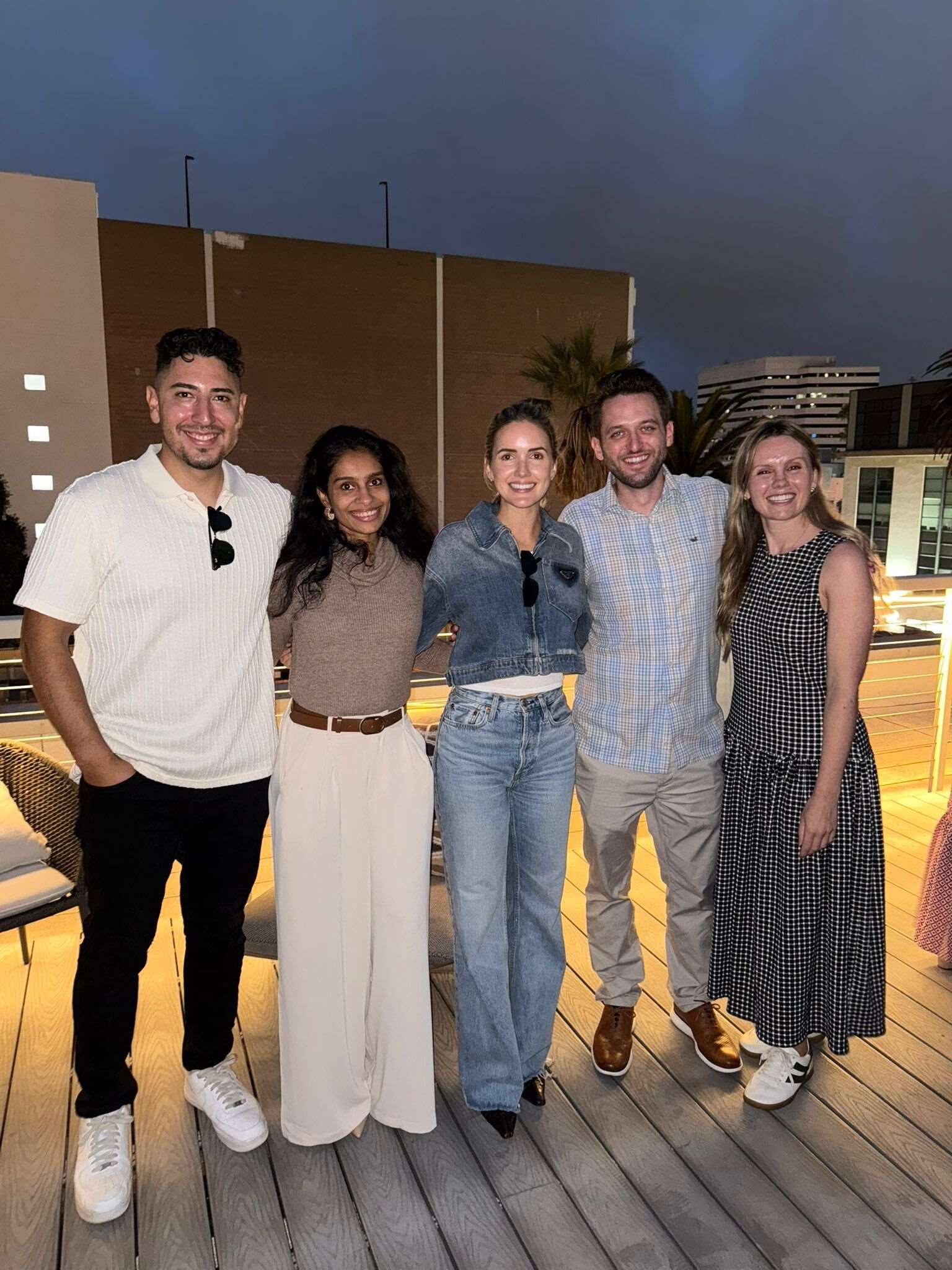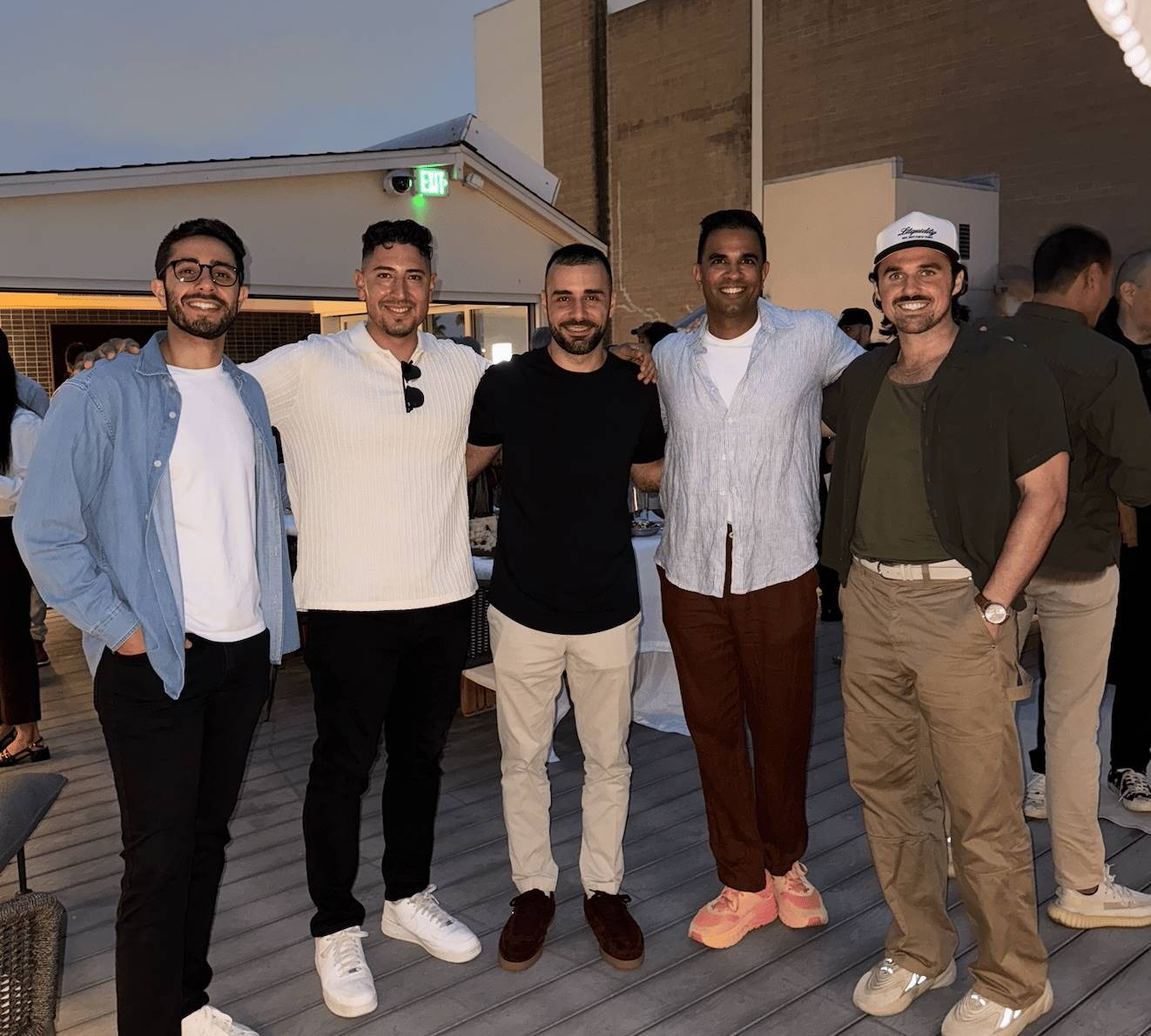Strategies are becoming more refined, business models are more complex, and opportunities are greater than ever.
Author: Ish Verduzco
Translated by: Deep Tide TechFlow
Last night, I hosted a gathering with the Tech Week team at a16z, inviting around 50 creators to participate.
Participants included meme lords, TikTok creators, lifestyle bloggers, cinematic video creators, Substack authors, email newsletter operators, podcast producers, YouTube vloggers, social media managers, and more.
It almost covered the entire spectrum of internet content creators.
In this article, I will share 7 key insights summarized from multiple conversations.

a16z and Tech Week team
1. Own Your Audience
Everyone is building email lists.
Even those creators focused on TikTok or Instagram short videos see email as a core foundation of their business.
Some attract new subscribers through events, while others use paid ads, create lead magnets, or utilize ManyChat to convert Instagram DMs into growth engines.
The frequency of posting doesn’t matter; some post weekly, some monthly, some quarterly, and some even occasionally.
What matters is ownership.
Every creator seems to crave a direct, lasting way to connect with their audience, rather than relying on algorithm changes.
2. Establish Offline Touchpoints
Offline interactions are becoming more popular.
Many creators have spent years building their audience, community, and fan base online.
Now, they are looking for ways to convert these connections into offline interactions.
Podcast producers are starting to host live recording events; social media creators organize private dinners, local meetups, and even retreats.
These are not just "fan events," but channels to deepen relationships, build trust, and explore higher-value collaborations.
The flywheel effect of online-to-offline interactions is showing its powerful impact.
3. Package Sponsorship Deals
Advertising sponsorship models are being packaged.
Creators are gradually moving away from one-off ad deals.
They choose to integrate their newsletters, podcasts, social media content, and offline events into a packaged sponsorship deal.
This model is more beneficial for creators: it makes income more predictable, reduces negotiations, builds long-term relationships, and better integrates with audiences across multiple platforms.
It’s also better for brands: one partnership can cover multiple channels, generate a lot of reusable content, and offer more creative collaboration than traditional ad placements.
This shift marks the maturity of the industry, which I greatly appreciate.
4. Deepen Niche Markets
Wealth is in niche markets.
The more precise the niche, the stronger the business.
Just like the Car Dealership Guy, I recently invited him on my podcast, and we met for the first time yesterday.
His total target audience consists of 155,000 car dealerships and their employees, but he has built a massive business because his content and products are entirely focused on the ideal customer profile (ICP).
Many people think their niche is too small, but in reality, as long as the positioning is precise, its value is often beyond imagination.

Adam (Blueprint), Yossi (Car Dealership), Avi (Creator Logic), Litquidity
5. Collaboration for Win-Win
Collaboration accelerates growth.
1 + 1 = 3.
Creators are actively seeking collaboration.
Newsletter swaps, podcast guest exchanges, joint events, and cross-promotional products.
If you can find partners with similar target audiences, growth can increase exponentially. It’s not only faster but also more enjoyable than going solo.
While this strategy isn’t new, it’s still gratifying to see it happening in reality.
More and more people are choosing the mindset of "making the pie bigger."
6. Dominate One Platform
Platform dominance remains important.
Almost every creator has a "main stronghold."
Although they may have expanded across platforms, the platform that initially brought them traffic remains their core—whether it’s YouTube, Substack, Instagram, or TikTok.
This is where their community establishes the strongest connection.
While expansion is important, dominance is key.
Some creators even hire teams to fill gaps on other platforms while still maintaining control over the platform that made them successful.
Build your empire on one platform first.
7. Distribution is the Ultimate Moat
This is something almost everyone agrees on.
In an era where anyone can launch a product, tool, or service, what distinguishes creators is not what they create, but how they distribute content.
Brand + Distribution = Moat.
This is a point I have always emphasized and will continue to uphold until more people recognize its importance.
Honestly, it’s refreshing to see such consensus—especially considering that many industries outside the creator economy are still lagging behind this idea.
Summary
The creator economy is maturing.
Strategies are becoming more refined, business models are more complex, and opportunities are greater than ever.
If you are building content online, keep the following points in mind:
Own Your Audience (Email)
Establish Offline Touchpoints
Package Sponsorship Deals
Deepen Niche Markets
Collaboration for Win-Win
Dominate One Platform
View Distribution as a Moat
These are the successful strategies I have observed in practice.
Looking forward to the next wave of innovations and breakthroughs from creators!
免责声明:本文章仅代表作者个人观点,不代表本平台的立场和观点。本文章仅供信息分享,不构成对任何人的任何投资建议。用户与作者之间的任何争议,与本平台无关。如网页中刊载的文章或图片涉及侵权,请提供相关的权利证明和身份证明发送邮件到support@aicoin.com,本平台相关工作人员将会进行核查。




